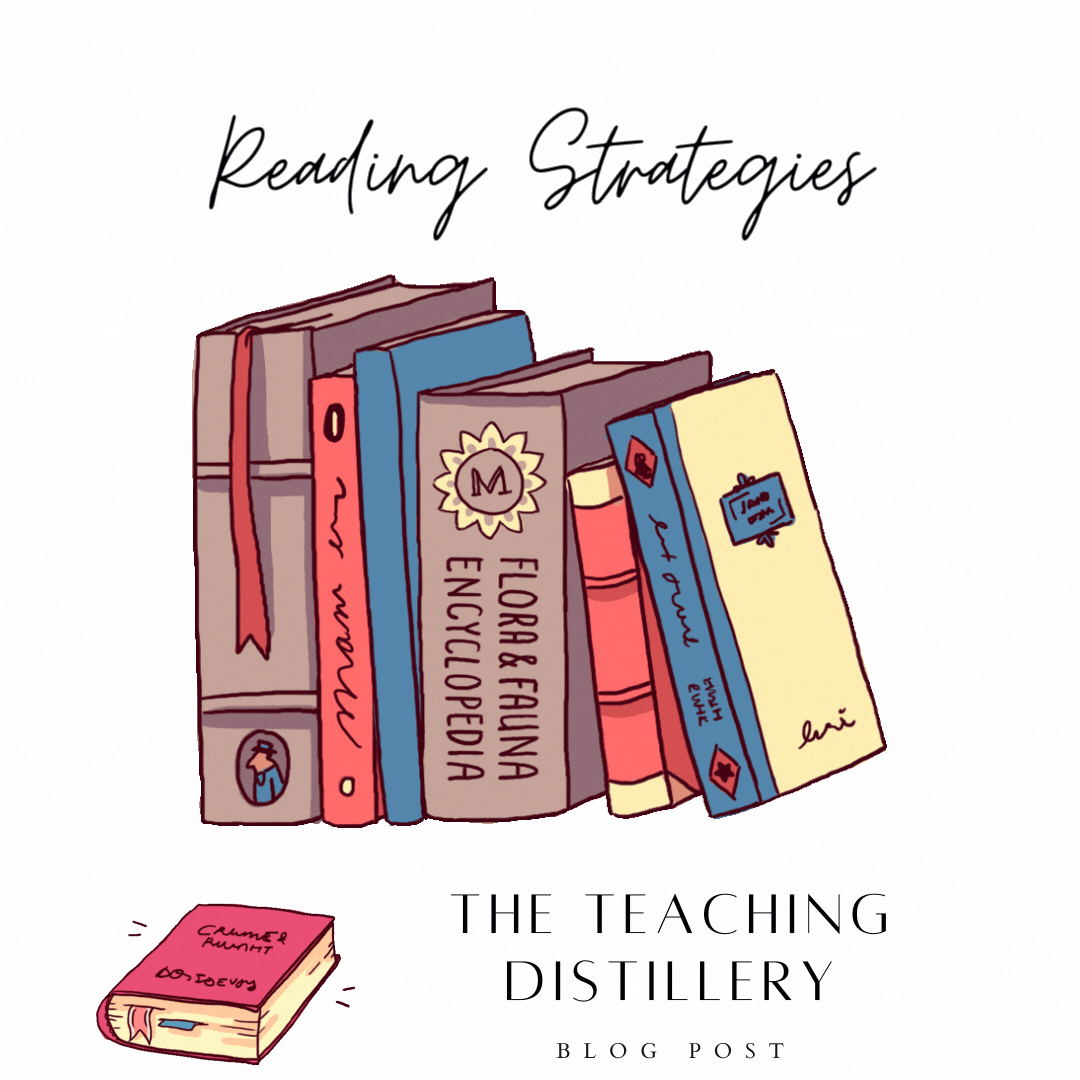Ways to Teach Reading Strategies to Students
A unit of study that we always teach at the beginning of the school year is from the book Strategies that Work by Stephanie Harvey.
Harvey’s books and lessons are great for K-8 grade reading classes, but I think given that many of our students are coming into 7th grade not being able to read and comprehend at high levels, (let alone write in complete sentences), we are having to backtrack in our grade level expected English lessons to fill the holes our students have missed in previous grades. With this being the current sad state of affairs in America’s education system (I’m looking at you Common Core and Bill Gates), perhaps high school students could also benefit from these reading strategies lessons.
The reading strategies that we like to cover are these:
Schema - In order to understand, people need to connect what they are reading to their prior knowledge. The new learning needs something to stick to, otherwise meaning and learning is lost.
Questioning - We are all naturally curious. Asking questions, especially ones with no obvious answer helps to deepen all thinking. Questions lead to more deep level thinking to understanding the world we all live in. Just by the sheer act of trying to find answers to their questions, readers discover new information and gain knowledge. To be better readers, we must teach students to always think about and question everything they wonder about.
Visualizing - I am always shocked at the number of students who enter my class who admit to not being able to see what they read. Humans are visual and imaginative creatures. Visualizing what you read is a key component to reading comprehension. When readers visualize, they build meaning through creating mental images and using their senses: seeing, hearing, tasting, touching, and even smelling. Visualizing enables kids to get a deeper understanding of the text.
Determining Importance - Too many of my students think that highlighting every word in the text shows that they understand. In order to permanently break my students of this bad habit, they need to be explicitly taught how to focus on important information and blend it with their schema to expand their understanding of a topic.
Inferring - Being able to infer what you read is the foundation of understanding. It involves combining schema and blending it with clues from the text to come up with ideas and information that aren’t directly stated in the text. There are so many benefits for developing inferential thinking skills: figuring out unfamiliar words, drawing conclusions, developing interpretations, making predictions, finding themes, and even visualizing the text.
Synthesizing - Students need to be encouraged to change and revise their thinking as they acquire new and more accurate knowledge, not be so stuck in their old ways of thinking to never change and grow as a learner, thinker, and as a person.
As we progress through the school year and focus on literary response and analysis, we bring back our reading strategies in the form of scavenger hunts to help our students to practice their reading strategies all year long.
Lastly, be sure to check out our reading strategies bundle and rubrics. Thanks!


